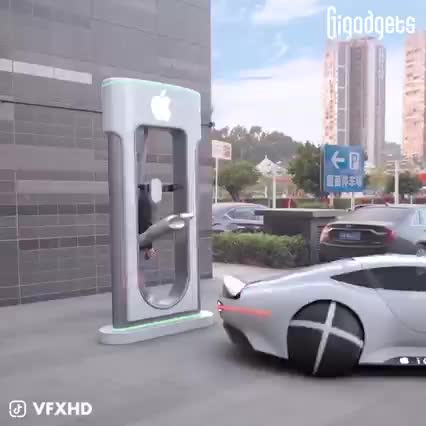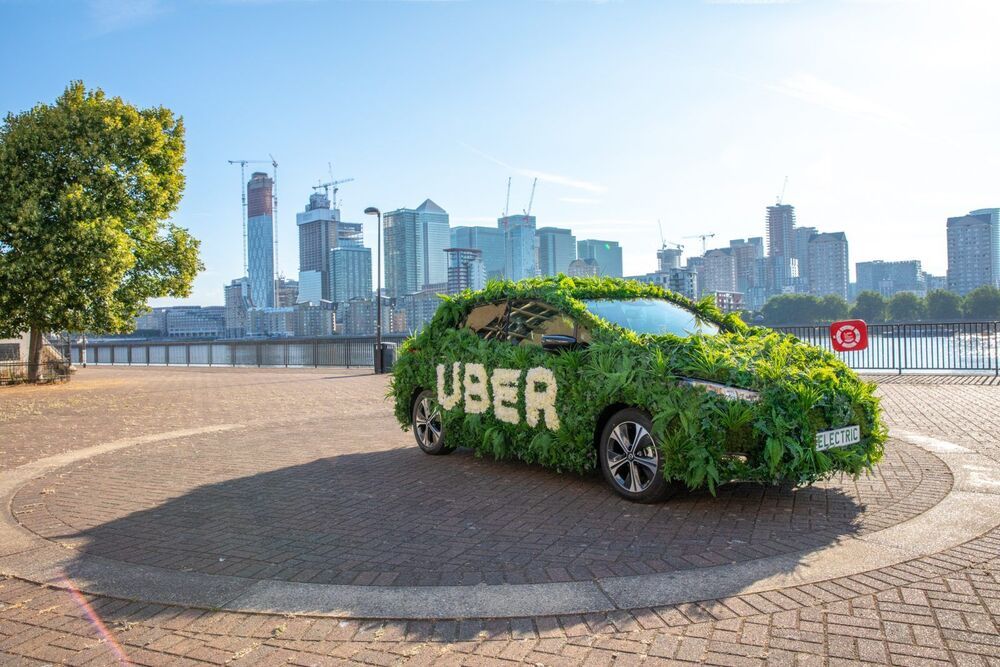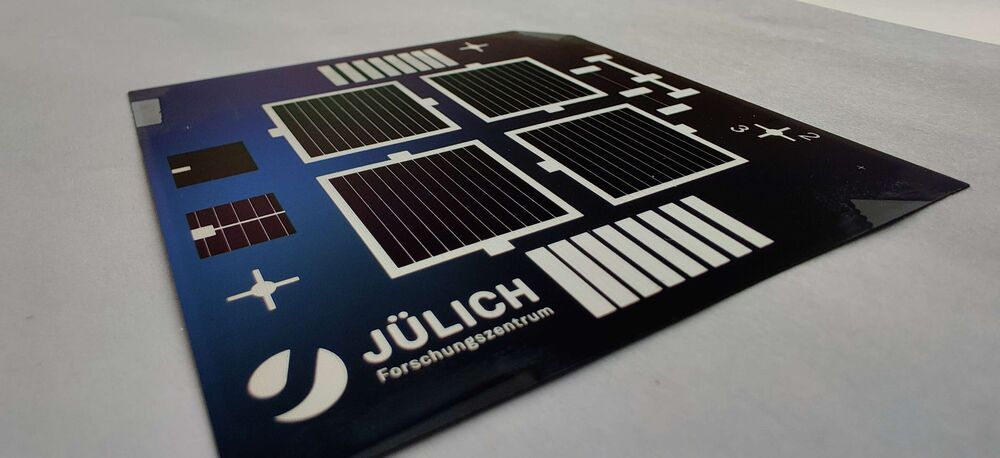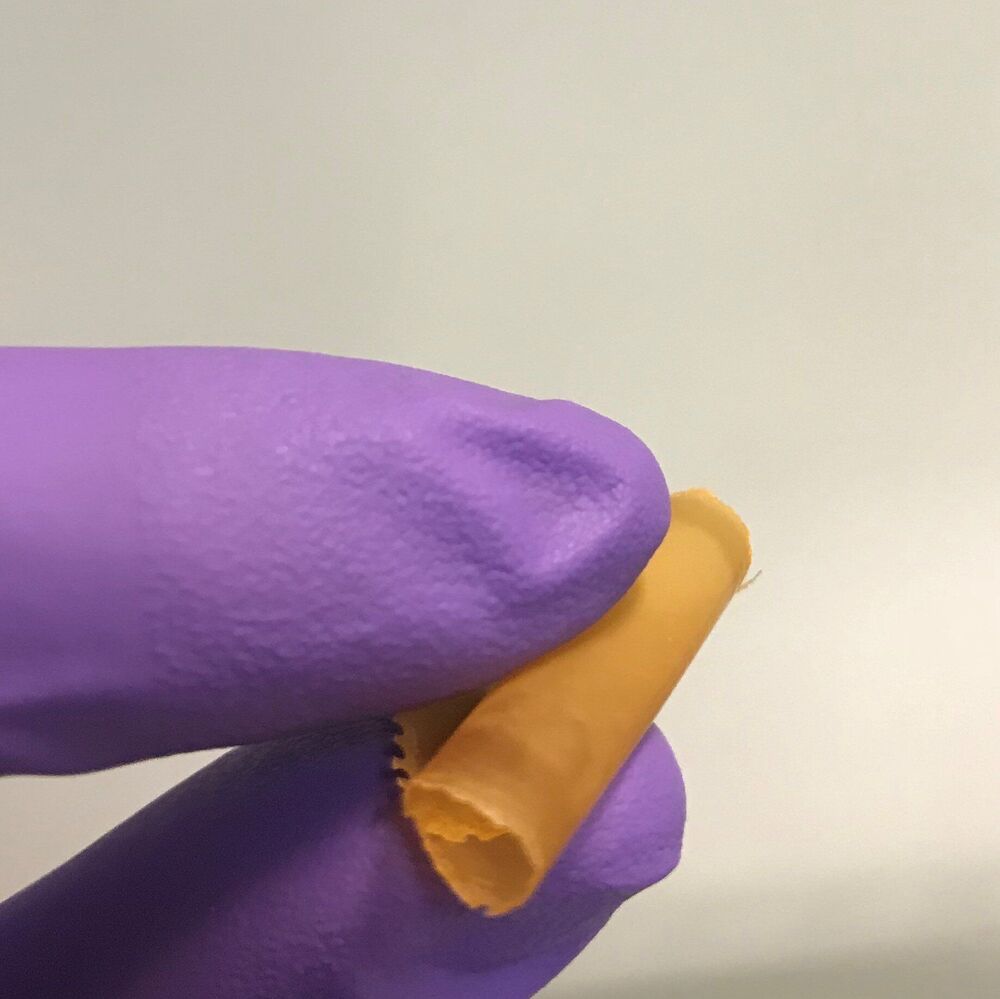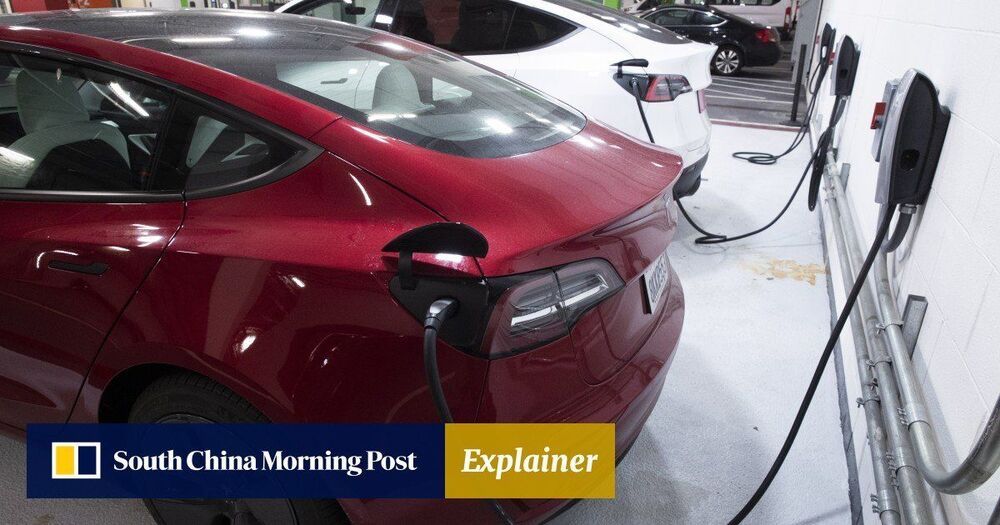Circa 2019
The “Forze VIII”, a hydrogen-electric Le Mans style prototype, became the first-ever hydrogen-electric vehicle to beat petrol-powered cars in an official race.
The car, that was designed, built, tested and raced by a group of students from Delft University of Technology, finished second in the Supercar Challenge at the TT Circuit in Assen, the Netherlands.
In a field of 43 petrol-powered race cars, the pink race car started the last race of the weekend from the fourth position. After a strong start, the car climbed quickly from fourth to second in its class. Within a few laps, driver Leo van der Eijk had already built up a 15-second gap between him and the third position. The team was able to keep up the pace for the rest of the race and secured a podium position. “We’re incredibly proud of what we have accomplished today. Never before did a hydrogen-electric race car beat other cars in an official competition – let alone the kind of petrol-powered race cars we were racing against today. This podium finish is the result of not just one year, but twelve years of dedication, faith and hard work. Being a student team makes it feel almost unreal to be the first to ever accomplish this” says Zhi Wei Cai, Team Manager.
